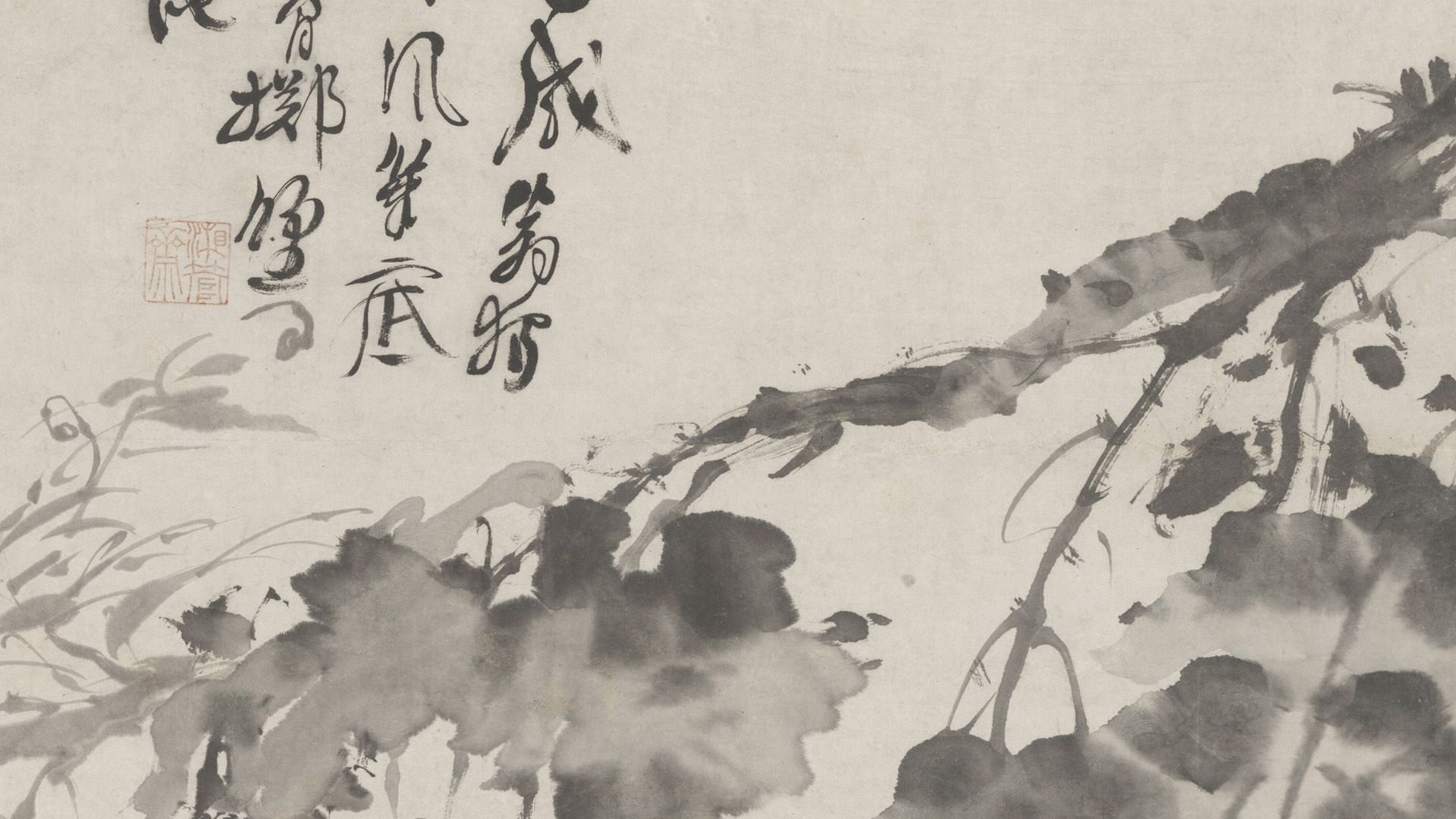Xu Wei’s ink wash painting from the Ming Dynasty, featuring a poem in Chinese at the top left. Public domain, via The Palace Museum, Beijing
When Art Dies, Cultures Follow
When China’s Poets Went Silent
In the early 1600s, the Ming Dynasty decided literature must serve the state. Popular novels were banned as vulgar. Poetry had to follow classical forms approved by court scholars. Theater could only teach moral lessons and not reflect real life.
The Creative Crackdown
Writers stopped experimenting. Vernacular literature, the stories people actually spoke, was driven underground. Theater troupes either shut down or became propaganda machines. Within a generation, Chinese literature became repetitive and safe.
Innovation vanished because risk became dangerous.
When Creativity Dies, Innovation Dies
This stagnation spread beyond the arts. Scientific inquiry slowed and technology stalled. While Europe explored and innovated, China turned inward. By the 1700s, the civilization that once led the world lagged behind.
Controlling art had silenced curiosity and flexibility across society.
Keep creativity alive. Every time you experiment with your art or share a story that challenges the usual, you keep imagination alive. Do not wait for permission.
Randall White
Abbetuck
Further Reading
The Sin of Words (SSRN)
A data-driven look at how censorship reshaped poetry and forced self-censorship across dynasties.
Read the Complete “When Art Dies…” Series
- The Purity Police of Victorian England
- Franco’s Spain: When Music Died
- Behind the Wall: How East Germany Censored Itself to Death




No responses yet